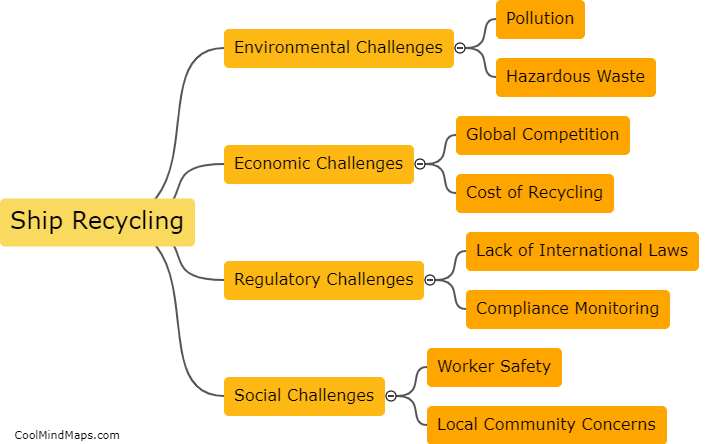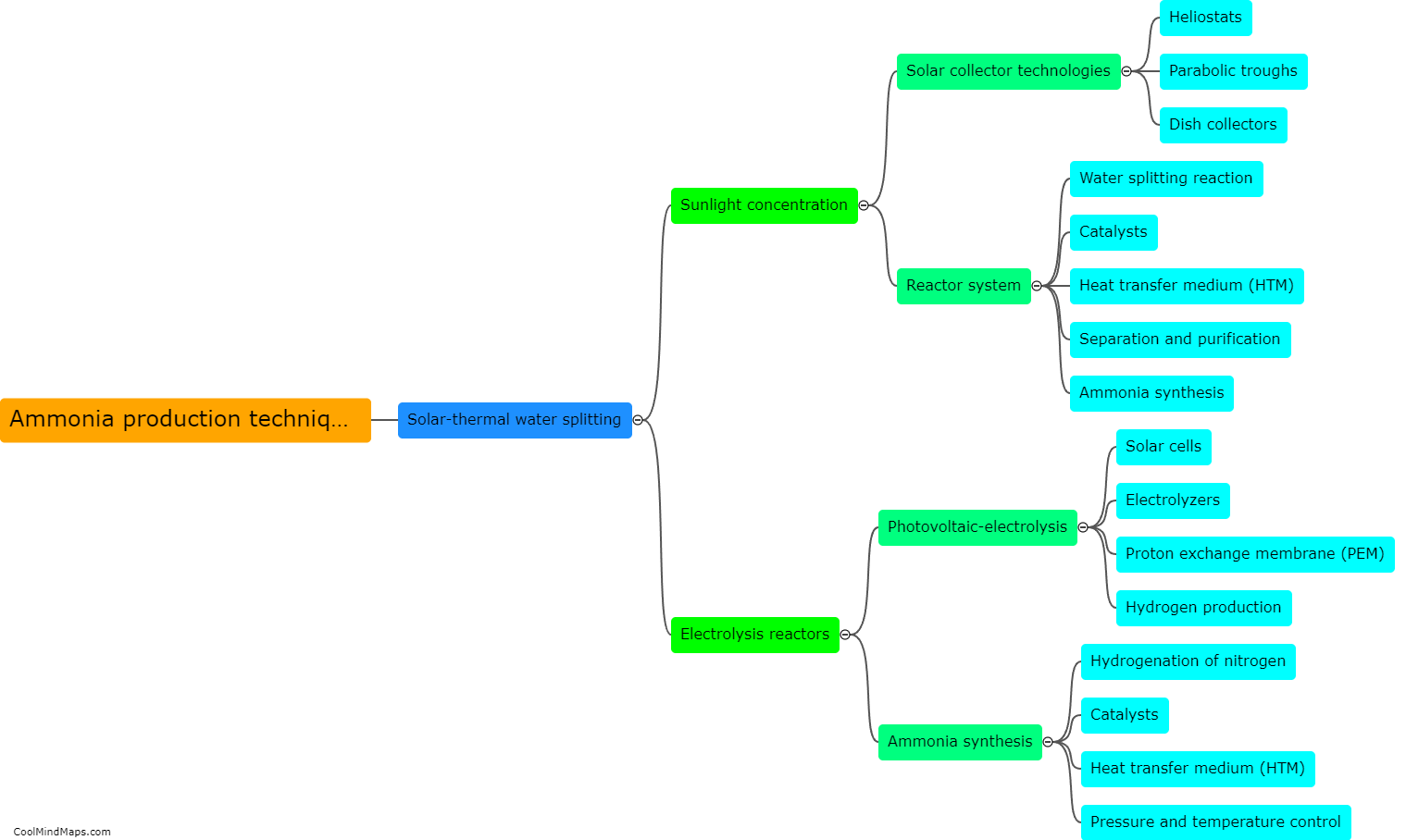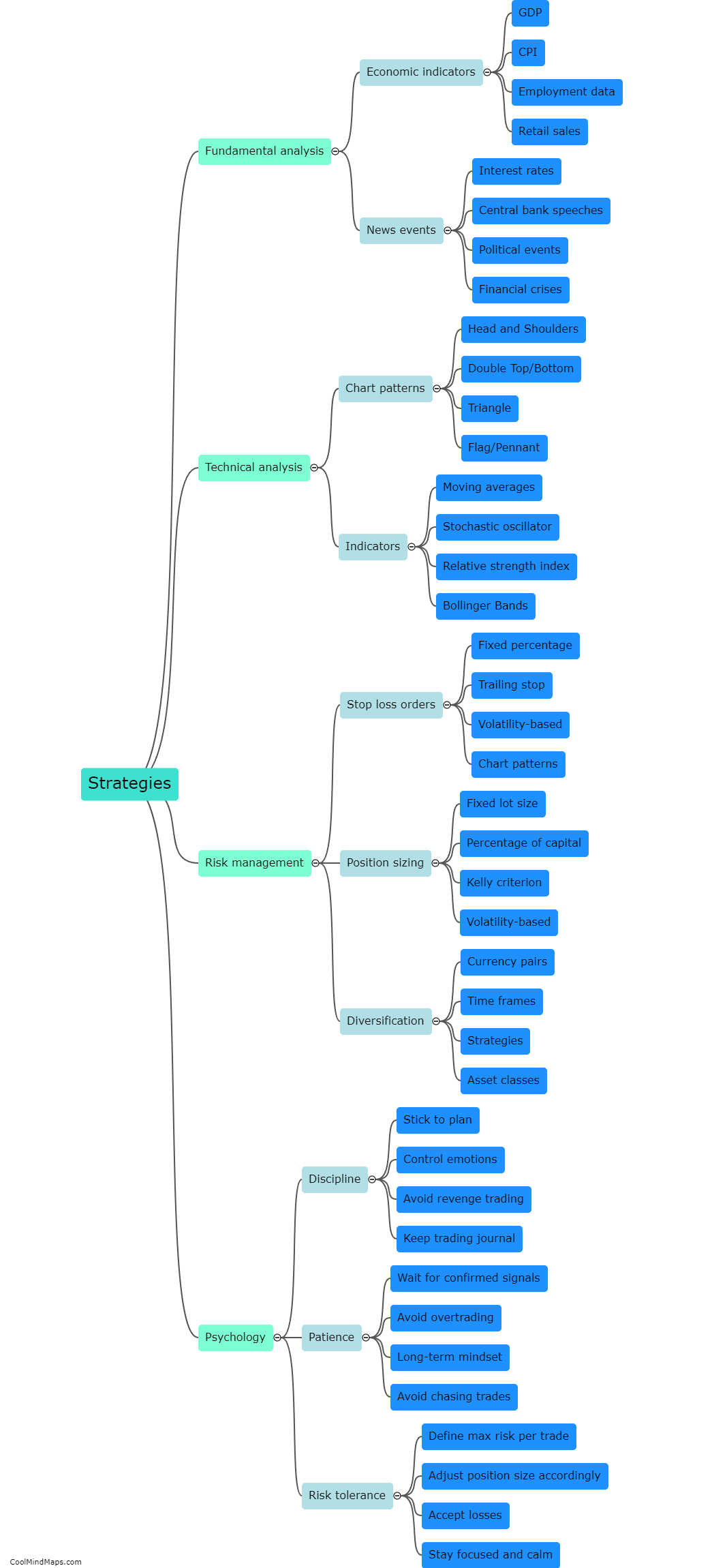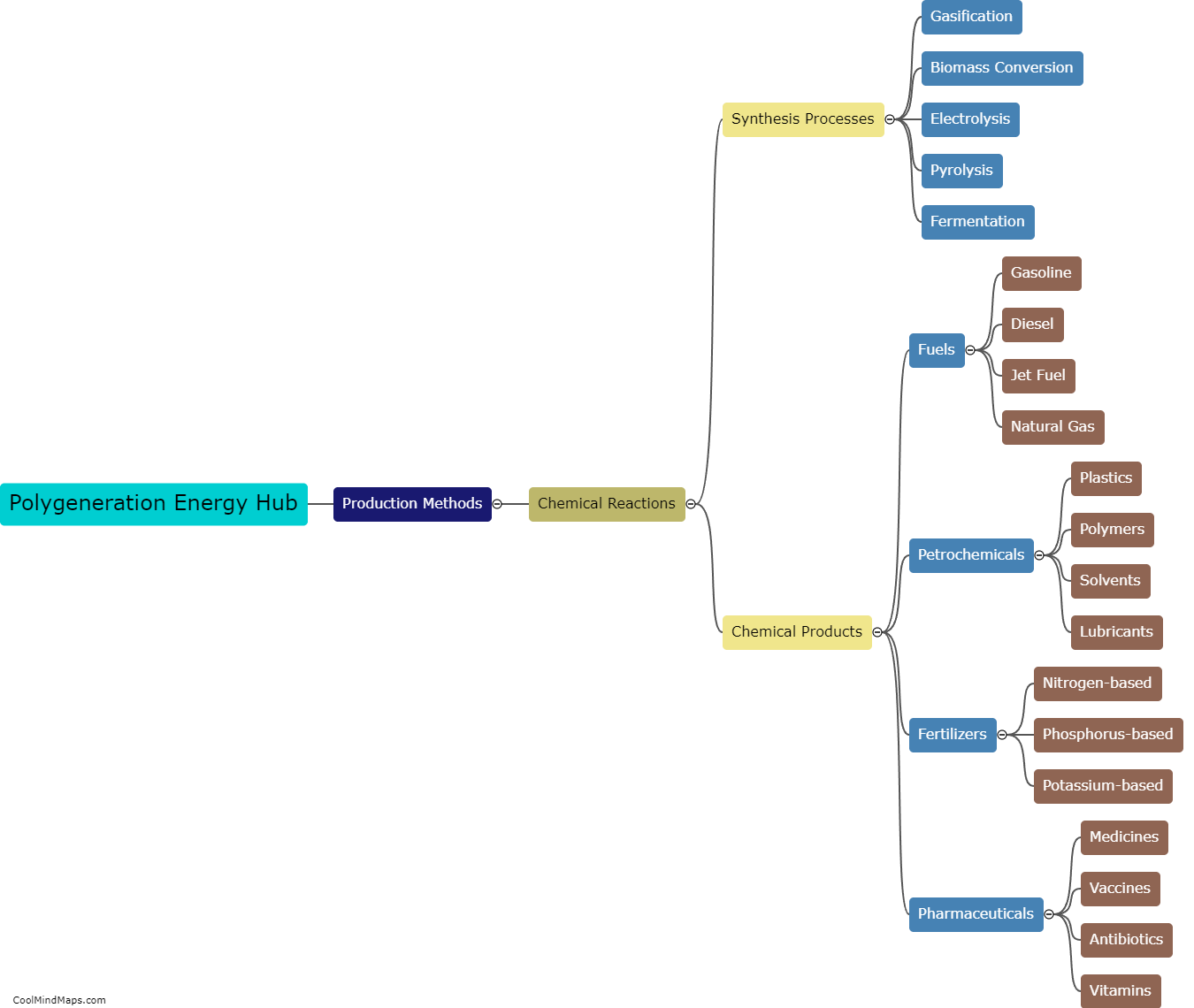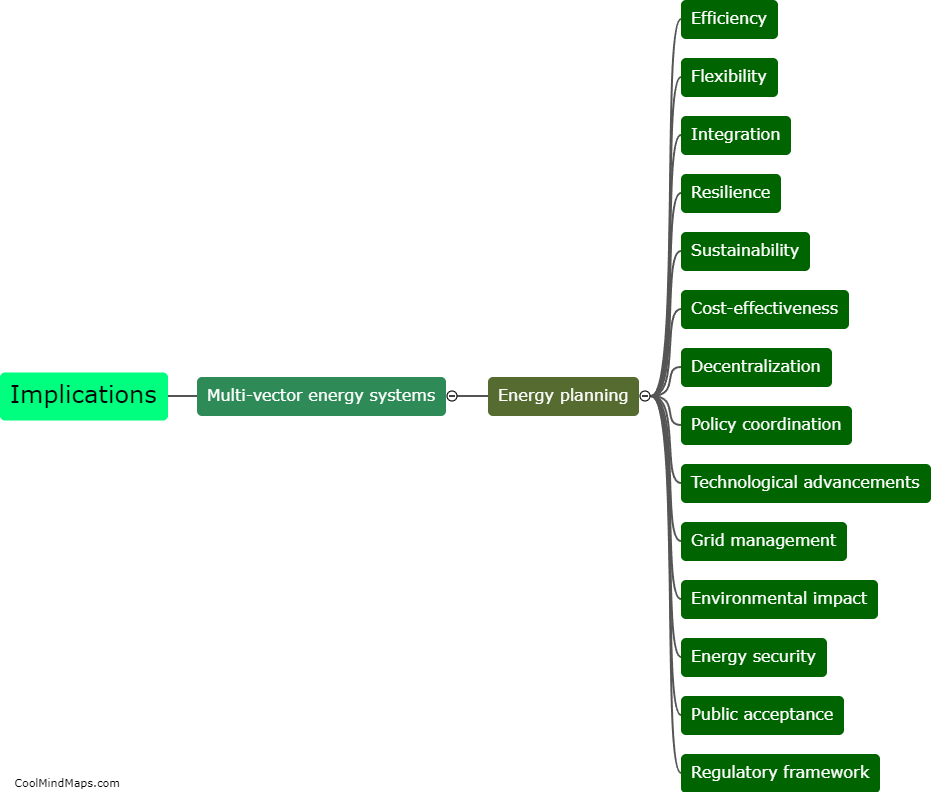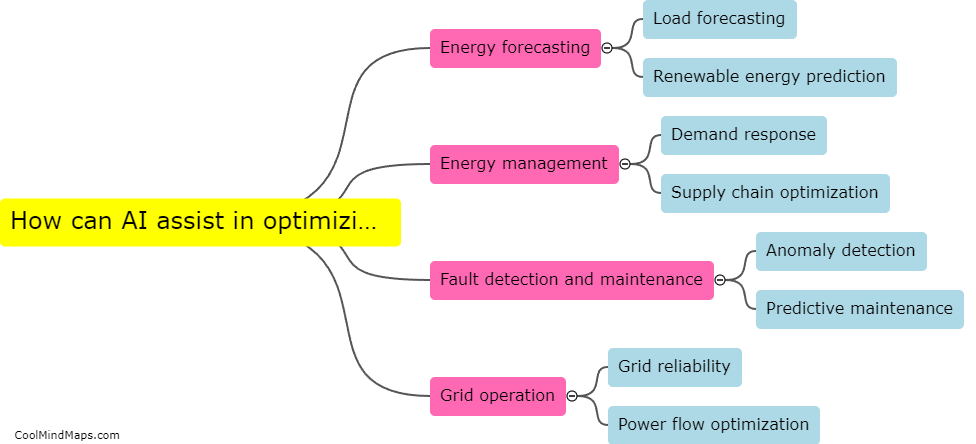What are the potential benefits of integrating multiple energy vectors?
Integrating multiple energy vectors, such as electricity, hydrogen, and biofuels, offers several potential benefits. Firstly, it enhances energy resilience and reliability by diversifying the energy supply. This reduces the dependence on a single energy source, mitigating the risks associated with price fluctuations, resource scarcity, or disruptions. Secondly, it enables a more efficient and flexible energy system. By interconnecting different vectors, surplus energy from one can be easily repurposed or stored for use in others, optimizing overall energy utilization and minimizing wastage. Additionally, integration allows for the utilization of renewable energy sources in a more comprehensive manner. Different vectors can be harnessed to capture and store energy from intermittent renewables, ensuring a reliable and continuous power supply. Lastly, integrating multiple energy vectors can facilitate the decarbonization of the energy sector. By incorporating low-carbon or carbon-neutral sources, such as hydrogen or biofuels, the overall carbon footprint can be significantly reduced, contributing to efforts in tackling climate change. Overall, integrating multiple energy vectors offers the potential for a more resilient, efficient, sustainable, and cleaner energy landscape.

This mind map was published on 6 December 2023 and has been viewed 86 times.

